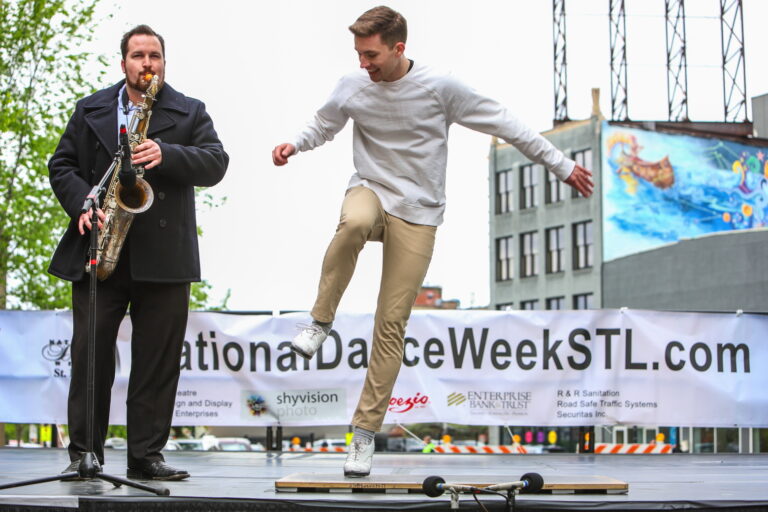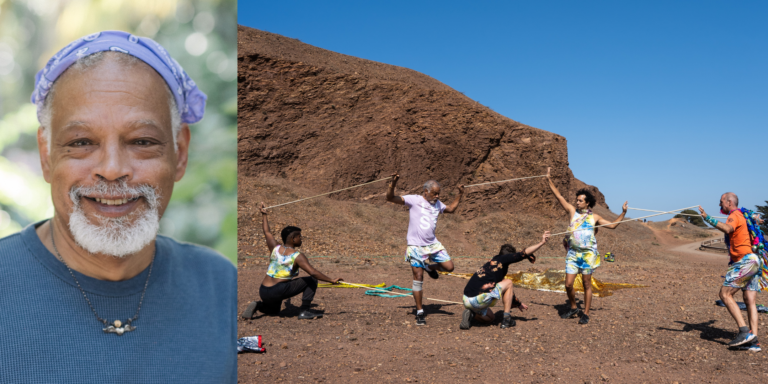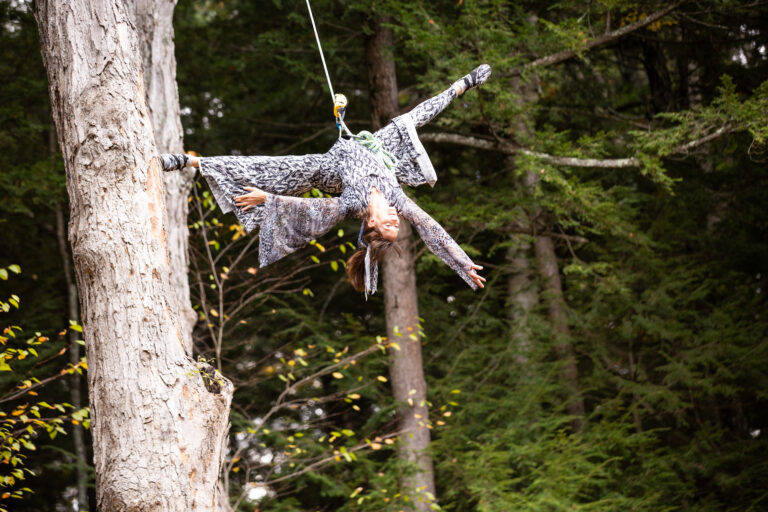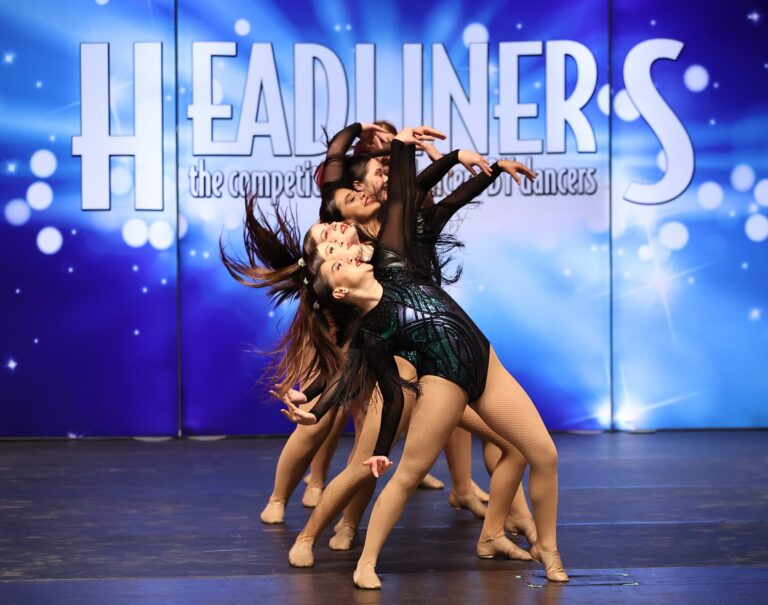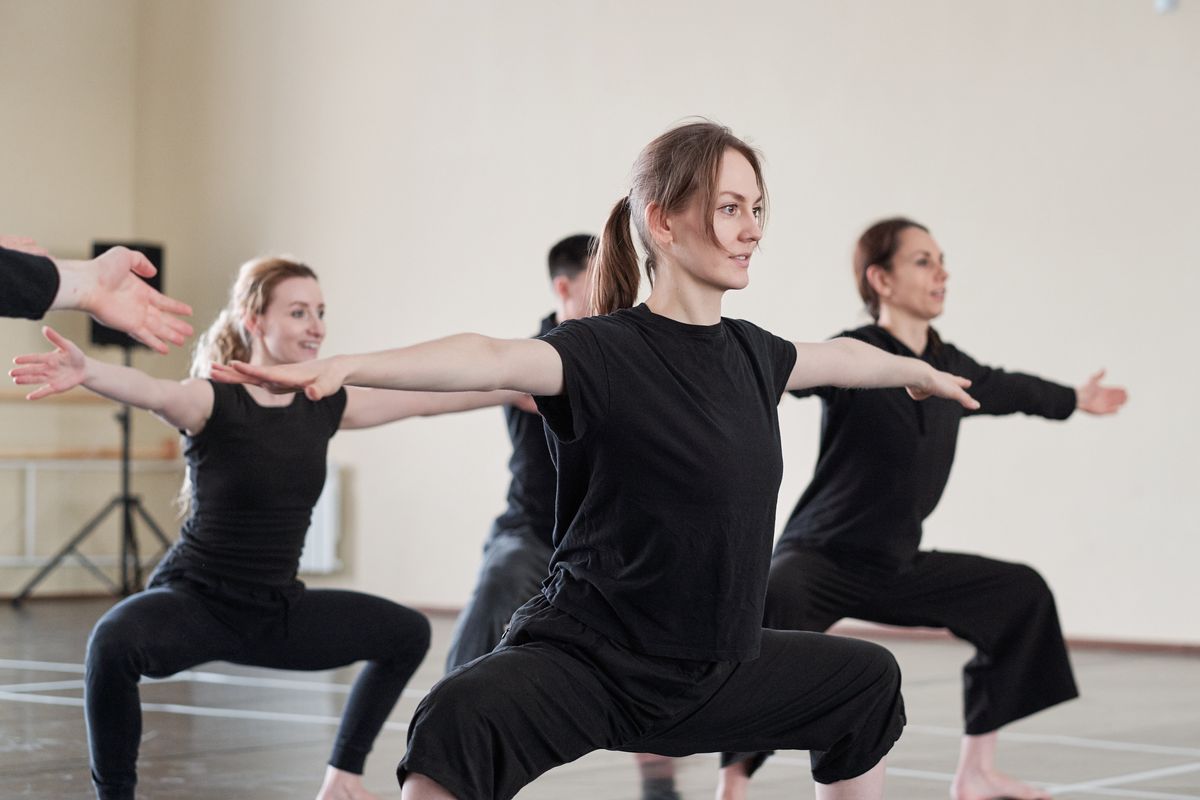
For dance teachers, it’s natural to want to treat students equally. But that doesn’t always honor their varying backgrounds, abilities and strengths. To address this, some instructors implement differentiated instruction in their classes, a teaching method that provides students with customized material based on their individual abilities instead of holding them to a single, inflexible standard.
In the dance studio, differentiated instruction could mean teaching for students with multiple learning styles by calling out terms the first time a combination is demonstrated, repeating it with counts, and demonstrating a third time singing the lyrics. Or, it could mean giving different turns to students depending on their prior studies, so that everyone is dancing together but in personally beneficial ways.
Differentiated instruction not only allows dancers to gain strength and technique safely at their own body’s ability, it reduces physical injuries and improves mental health. Students also tend to improve faster, as they can start from where they are rather than attempting steps they aren’t prepared for; meanwhile teachers can still challenge more advanced students.
One drawback to differentiated instruction: It can fuel perceived favoritism. For instance, a student once accused me of “being unable to recognize her talent” and having teacher’s pets. I quickly realized that giving her the option to do a simpler jump combination was interpreted as my not liking her, intentionally holding her back and favoring others.
According to Kate Mattingly, assistant professor at the University of Utah, “differentiated instruction that is helpful and equitable relies on two elements: transparency in why different options are offered and dancers’ self-evaluation.” This last bit is key—Mattingly notes that if a student lacks awareness of their true abilities and needs, they may mistake differentiated instruction for favoritism. Here’s how to encourage self-assessment in the studio, and implement differentiated instruction with minimal drama.
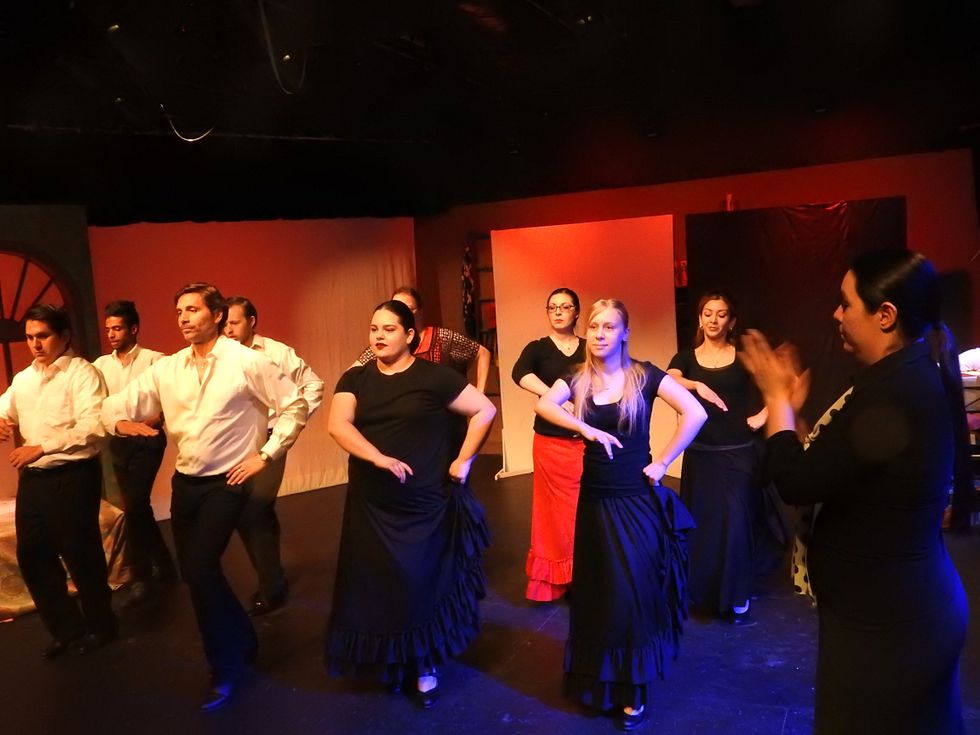
The author (far right) teaching at Central New Mexico Community College
Nicole Ortega, Courtesy Bridgit Lujan
1. Remove Value Judgements
As long as students feel like they have to be in the top group to gain an instructor’s attention or praise, they will not accurately self-evaluate. “Removing the need for students to compare and compete is key,” says Amber Sorgato, owner of Studio 34 Dance Academy in Las Vegas. For example, dancers have to experience that both simple and more advanced jumps, or single and multiple turns, have value. In order to get this across, she says, “I give each student equal time and equal enthusiasm when evaluating their work.”
2. Nurture Peer Recognition
Naomi Elizabeth Montoya, head of dance at Public Academy for Performing Arts, a public charter school in Albuquerque, New Mexico, recommends finding ways to reinforce students’ comfort with working at different levels among their peers. She suggests a “kudos circle” to close each class. For instance, says Montoya, “students volunteer to highlight the positive things that happened in class. A comment might sound like, ‘Marisa, I know you’ve been working hard on mastering that triplet phrase on the left side, and today you really rocked it!'”
Positive recognition by a classmate, Montoya adds, is often more motivating than acknowledgment from an instructor. “This helps students to embrace their own level of study and motivate them to continue.”
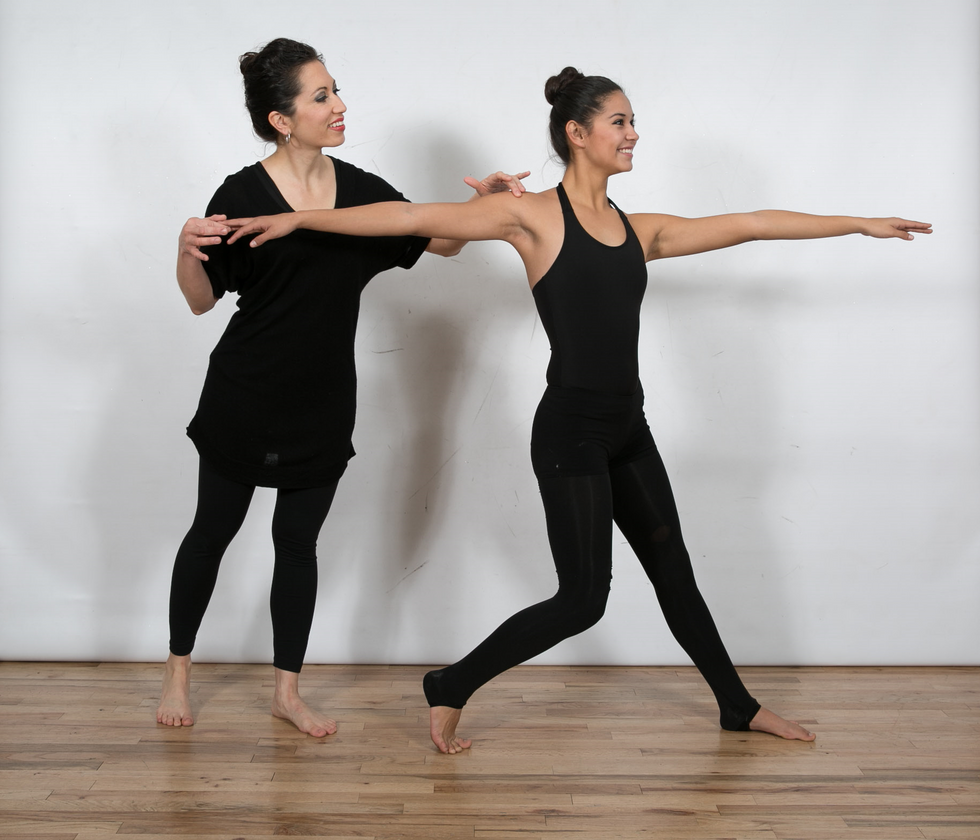
Naomi Montoya with student Yesenia Garcia
Jake Pett, Courtesy Montoya
3. Groups That Reflect Interests, Not Ability
A key concept of differentiated instruction is putting students in groups identified by neutral names (such as “red,” “blue,” “green”) rather than hierarchical names, such as “1,” “2,” “3” or “A,” “B,” “C.” This way, students cannot easily identify how their abilities have been assessed.
Jessica Warner, dance teacher at Chapin High School in El Paso, Texas, suggests considering students’ unique interests when grouping them, rather than their level or ability. For example, allowing dancers to choose between one group that will work on turns and another on jumps. “Students in each group will be at different levels, with some working on a single turn, others a triple,” says Warner. “This allows them to pursue their interest and be integrated with those who share it, but who are not necessarily their same ability.” Dancers are more likely to be honest with themselves and understand what they are capable of if they believe level will not dictate their opportunity to pursue their interests.
4. Encourage Questions and Self-Reflection
Mattingly notes that authoritarian teaching styles give dancers few opportunities to ask questions or voice ideas. But encouraging students’ self-reflection and giving them a sense of autonomy, especially as they reach higher education, can help them better evaluate their abilities. For instance, says Mattingly, “you can suggest that students who feel ready for a more challenging step or phrase explore a different combination. This approach decenters the teacher as the sole authority in a class and gives students opportunities to practice self-assessment.”
